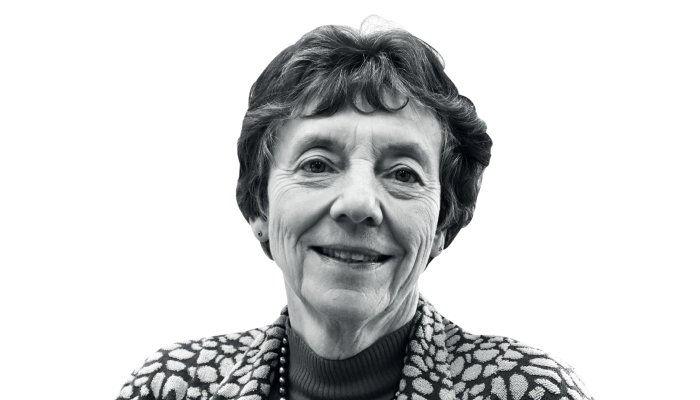
How can analytical science attract the next generation of talented young scientists? Pondering this question led me to a more fundamental question: What is the point of analytical science? There are those who believe we should do science for science’s sake – and there’s no denying such people often do fantastic work. But, having met a great many analytical scientists over the years, I’ve noticed a common drive to be useful in some way – to solve practical problems with real world implications.
So what sorts of problems do analytical scientists solve? Analytical science has a crucial role to play in some of the most pressing health-, environment- and climate change-related problems facing the world today – in areas most people might not appreciate. Yet this is something we should be emphatic about if we want to attract young people to the field.
Consider the environment. Analytical science plays a key role in monitoring the quality and safety of our air, food and water – everything in our environment. Let’s take monitoring the rivers from which drinking water is taken as an example: this can be more complicated than you might expect. One key challenge is understanding where a pollutant comes from. And, in the Netherlands, analytical chemists are using spectroscopy and flow analysis to monitor the activity of the algae in the rivers. And based on how the algae is reacting with the pollution in the water, it is possible to determine its source (1).
Another example is the recycling of plastics and making industries more sustainable. If you have a waste stream involving some recyclable plastics and some non-recyclable plastics you need to use analytical methods to differentiate between the two. You can’t take samples, so it must be done remotely. Analytical scientists have used spectroscopy and neural networks to solve this problem.
Fundamentally, many of the challenges we face as a society require precise measurements of what is happening, when, and where – precisely the forte of analytical science! Let’s take climate change as another example. Today, digital technology is developing rapidly, leading to enormous increases in energy consumption, which is already at around seven percent of the planet’s energy production – and it will continue to rise. IBM’s most powerful high-performance computing (HPC) system today consumes up to 15 MW – the power equivalent of a small nuclear power plant. One way to reduce the energy demands of computing is to develop new materials to transmit information. I recently presented a grant voucher (up to €30,000) for a research project within the Radboud Centre for Green Information Technology to quantify the actual and potential energy reduction of scientific computing with current and near-commercial neuromorphic hardware – one of the candidates to replace HPC. You may think this is far away from analytical chemistry, but if you want to make new materials, you need to be able to analyze and characterize their properties.
These are just a few brief examples of some of the ways analytical scientists can improve the welfare of our planet. And if we want to attract the next generation to the field, we ought to shout about it. Young people today value more than ever the prospect of doing something to benefit society in their work. When a young science enthusiast who wants to make the world a better place thinks about potential career paths, they might immediately turn to biomedical science – with the prospect of curing cancer. But why not analytical science – with the prospect of saving the planet?
And that’s one reason we decided to launch a new conference in 2022: EuroFAST2022 (European Forum on Analytical Sciences and Technology). The aim is to bring together researchers from different disciplines of analytical science all working on solutions to problems mapped out by United Nations Sustainable Development goals. We want to show young researchers what analytical science is all about.
But it isn’t just a PR exercise for the field. Conventional academic conferences in analytical chemistry are often highly technology-oriented: researchers present their latest increases in spatial resolution, concentration sensitivity, or sensor mobility to their peers. But technological progress in analytical chemistry has taken place in several mostly separate technological subdomains, such as chromatography, MS, NMR, chemometrics, and so on. These subdomains have become important boundaries between peers – even in conferences that span the entirety of analytical chemistry. We believe that focusing on the problem and the vision – as opposed to the technology – will break down the barriers between researchers working on similar problems in different subdomains of analytical science and facilitate new solutions.
We hope that the conference will spark new discussions, ideas and collaborative projects between researchers in different fields; while also showing the next generation of researchers that this is the point of analytical science – and this is how you too could make a difference in your careers.
EuroFAST2022 will take place April 19–22, 2022, Nijmegen, the Netherlands
References
- Fytoplankton, “Online automatic phytoplankton Damacy Warning System” (2021). Available at: https://bit.ly/3mb3mBK




